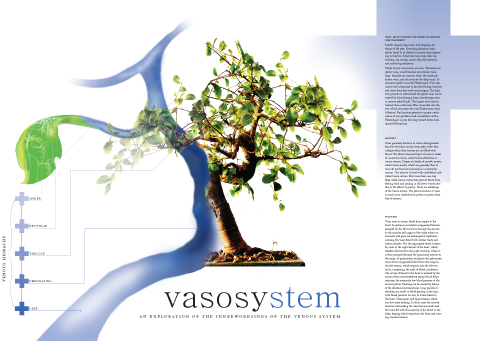Vein Tree
Vein Treatments: Discovering What Lies Beneath The Skin
The parts of our venous system can be compared to a tree. Spider veins are the most superficial component and can be compared to the leaves. The fine connecting branches are analogous to reticular veins which are as seen as blue or green lines under the surface of the skin.
The larger branches are comparable to varicose veins. The trunk of the tree is similar to perforating veins which connect varicose veins to deep veins. The roots of the tree represent the deep venous system. The blood flows from the superficial veins into the perforator veins, to the deep veins and then back to the heart. The interconnectivity of venous system visually resembles that of a tree.
Spider veins are the most superficial of the veins – they represent the leaves of the tree. The reticular veins, (seen through the surface of the skin as either blue or green lines) are the smaller “branches” of the tree. The larger branches of the tree are the rope-like varicose veins. Perforating veins, smaller veins that connect varicose veins to deeper veins make up the trunk of the tree. The “roots” of the tree are the deeper veins.
An ideal venous system allows blood flow from the superficial veins (leaves), which flows into the perforator veins (“trunk”), which flows to the “roots” and back to the heart.
Vein Tree
click image to download PDF







